A Laotian friend once told me that he wasn’t comfortable with Rush Limbaugh. What’s this got to do with the Mekong River? I’ve heard of the Mekong dolphin and the Mekong catfish, but not the Mekong whale.
My friend squirmed because Limbaugh always took a conservative stance, as though liberals are always wrong. He felt that there should be balance. For him, and for many Southeast Asians, the ideology means less than multiple ideas being in harmony. This highly civilized idea has roots in ancient experiences of living on the banks of the Mekong and other rivers in SE Asia. Come and explore its source.
On the Mekong, villages are surrounded by profuse growth.
People who live along Southeast Asian rivers feel as though they’re immersed in nature’s creative powers. This is a different experience than ones that the great religions from the Middle East are based on. Huston Smith said that the spirit of early Christianity can be summarized in 3 words, “Absolute perfection reigns.” This statement summarizes Islam as well.
Life and death are often more starkly juxtaposed in the Middle East, and many ancient Middle Eastern myths tell of gods fighting disorderly forces which represent drought and death. But along Southeast Asian rivers, the forces of life are all around. They’re not concentrated in the sky, like Yahweh or Mesopotamia’s Marduk. They’re everywhere.
Paul Mus wrote about Southeast Asians’ belief in power of place. A place has invisible energies, which generate vegetative growth and influence events. This power isn’t personified as a god that people often represent–it’s in the whole place.
This place is often the village or the rice paddy, and its power creates and energies the life that grows in it. It’s very easy to feel enveloped by life’s energy when you’re in Southeast Asian villages. There isn’t one prime mover, who presides up in the sky and looks down on His creation from a distance–and who’s usually imagined as a male with a capital M. It’s an all-embracing energy.
Thus I saw little shrines where people leave offerings to the land’s spirit all over Thailand, Laos, Cambodia and Vietnam. The one above is in a restaurant in Luang Phrabang, Laos. The power of place is conceived broadly, so it also includes events that matter most–wealth and health. By keeping the place’s spirit well-fed, restaurant owners hope many customers will come.
This sense of the general and all-encompassing power of place has encouraged two common ideas all over Southeast Asia:
1. Pluralism. Instead of one big guy in the sky, there are many spirits in the land and sky. Nature’s profuse growth has room for many spirits.
2. Harmony. The key to living well is being in harmony with all the spirits in the environment. There’s too much pluralism for absolutes. A man in Bali once explained that cloths in some of his village’s rituals are checkered in black and white to symbolize the balance between good and evil–neither will ever vanquish the other, so they must be balanced.
This harmony includes the community–people in Southeast Asia usually stress politeness, and I found people in its countrysides very pleasant–so much so that I long to be back as I write this.
This stress on pluralism and harmony has also inspired some of the world’s greatest art, and it’s very under-appreciated. But not here–expect many future posts, and expect to get addicted.

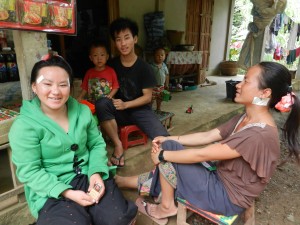
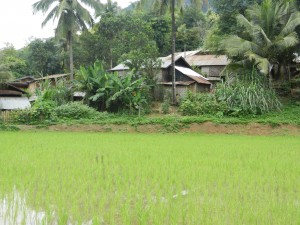
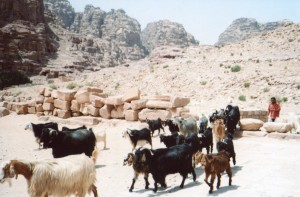
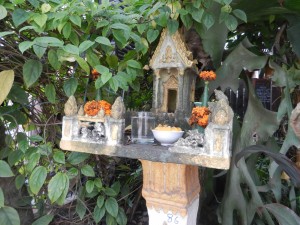
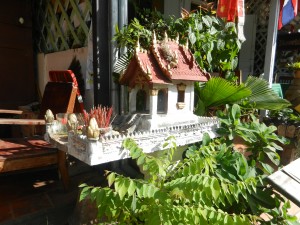
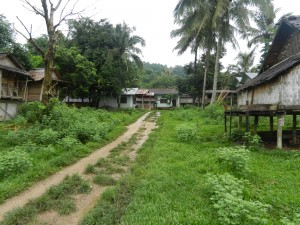
Comments on this entry are closed.